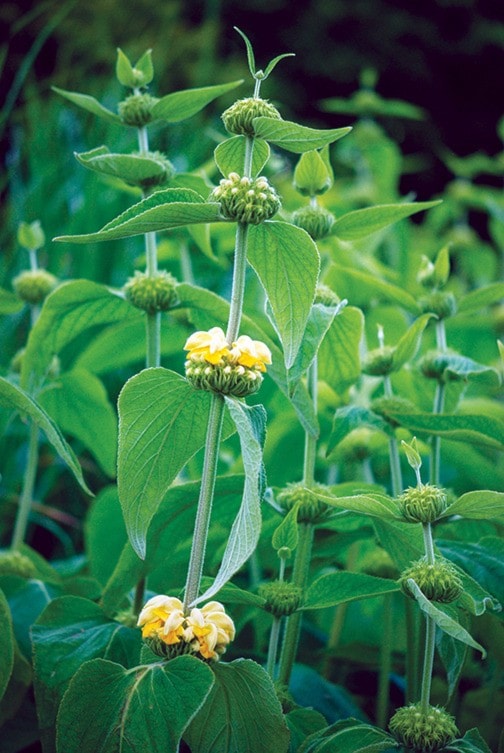The summer solstice has arrived and with it water restrictions, so I’m going to depart from essaying this week and offer up some practical information on drought-tolerant plants. The trick in our climate is to choose plants not accustomed to year-round dryness, but rather adapted to our seasonal shift between summer/dry, winter/wet.
Visit the Oak Bay Native Plant Garden this week to see two beautiful drought-tolerant shrubs. Oceanspray (Holodicus discolor) is in full foamy splendour at the corner of Beach Drive and Musgrave and the scent of mock-orange (Philadelphus lewisii) simply delicious. Both shrubs are adapted to our climate and can be pruned to size for use in the garden. (If you’re lucky enough to already have a mock-orange, trim out the old flowering branches to boost your blooms next year.)
Earlier this month I had the very rare treat of spotting a native honeysuckle (Lonicera ciliosa) – bright orange/red, perfectly designed for our hummingbirds – twining through a thicket of mock-orange on a municipal boulevard in south Oak Bay. How lucky we are to still have urban wildernesses to botanize in.
One of my favourite exotic full-sun deer-proof herbaceous perennials is Phlomis russeliana. It spreads, slowly but emphatically, in any average soil, making an effective ground cover. In the winter its felted leaves stay green, looking a little tattered, but all is forgiven come mid-May when fabulous architectural flower spikes ringed with pale yellow flowers arrive. The flower stalks remain upright into the winter and if we ever had that delicate kind of Oudolf frost, the seed heads would be truly dazzling. Use them in arrangements into the fall.
Another great low-maintenance plant for dry exposed sites is Euphorbia myrsinites, also known as Donkey Tail Spurge. With glaucous silver/grey foliage shaped like a thickened bottle-brush, the plant resembles something you’d see in a Dr. Seuss book. Spurge blooms in April – yellow/chartreuse flowers that need trimming in early summer. Some people are allergic to Euphorbia sap, so use caution when clipping.
The Euphorbias are a great group of deer-resistant drought-adapted plants, but stay away from the new hybrids. Tempting as they are, they just haven’t been tested by time. Euphorbia griffithii ‘Fireglow’ has, performing well in Victoria, spreading in rocky dry soil, and offering both spring floral interest (fiery orange) and autumn colour. The large Euphorbia characias ‘Wulfenii’, a thigh-high shrub with gangly ‘arms’, has practically naturalized in parts of Oak Bay. Be sure to keep it trimmed to maintain a good shape and remove the spent flowering stalks.
If you’d like to learn more about low-water use gardens, search ‘xeriscaping’ or look for Beth Chatto’s classic book The Dry Garden. A great resource for native plant gardening is The Garry Oak Ecosystems Recovery Team which can be found at www.goert.ca. GOERT lists the Victoria area nurseries which trade in native plants.
Christin Geall teaches creative nonfiction at the University of Victoria and is an avid Oak Bay gardener.
